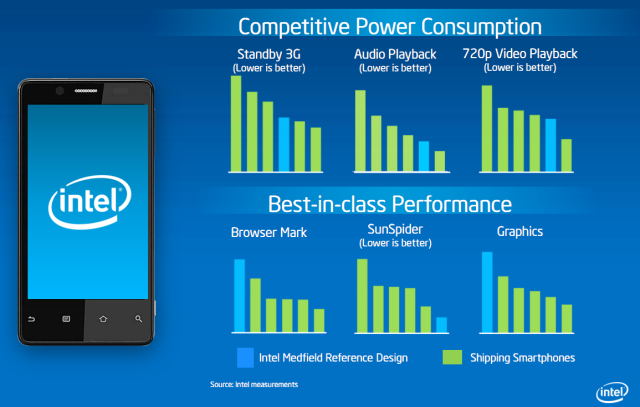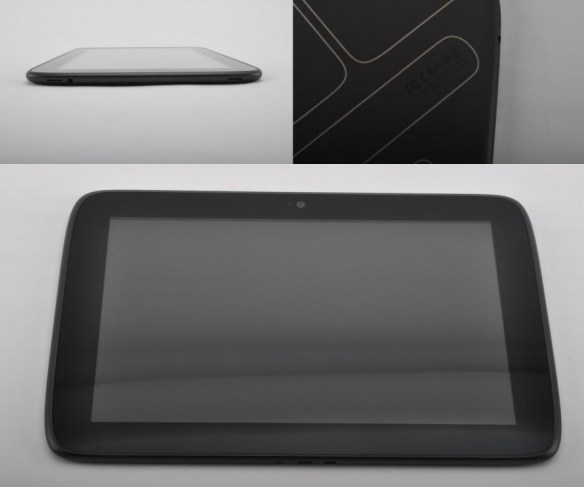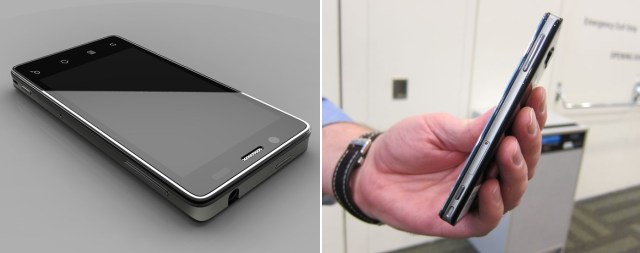We’ve been waiting for Intel’s promised smartphone effort for a long, long time now. The few desultory pushes by the likes of Acer and niche OEMs has done little to dent the dominance of rival ARM, whose low-power chips have become an indispensable part of smartphone architecture.
Just last week, though, Intel gave a private showing of a smartphone prototype that appears to be more or less feature complete and ready to be established as the basis for a platform. The device was running Gingerbread (Android 2.3), but funnily enough actually resembles an ice cream sandwich.
The choice of OS is probably just indicative of the test environment; Intel has professed their interest in the newest version of Android, and will likely want their debut to involve it. Look at that phone, though, the similarity really is uncanny. Anandtech has a few more pictures like the one above.
In addition to showing off the reference design, which is just a starting place or example for manufacturers and may not be representative of future products, Intel showed some stats that indicated the new “Medfield” systems powering the phones was no slouch:

These are all Intel’s internal measurements, of course, and as you can see there are no model numbers or actual statistics shown. But we can probably trust the general indication that the Medfield platform is competitive with shipping devices running fairly new ARM and NVIDIA designs. MIT’s Technology Review also noted a few interesting features in their hands-on: a burst mode on the camera that shoots 10 full-size shots at 15 FPS (!), hardware acceleration of certain web and app tasks, and wireless casting of HD video to a TV. We know they have also invested in custom Android distributions, but none were present at the event.
Medfield is a die-shrink and redesign of Moorestown, a redesign of the Atom series, which as you remember was mostly found in netbooks. But although its pedigree might not sound like the best for mobile devices, it seems like Intel has truly focused on making the platform handset- and tablet-friendly.
Speaking of tablets, they also showed a reference design for a tablet:

No, not the most beautiful device we’ve ever seen, which is why it’s at the end of the article here. They showed it running Windows 8 in the slide deck but presumably it would run Android just as well.
Intel expects the first Medfield-based devices to be revealed in the first half of 2012, and hinted that we might see some at CES in January. We’ll be sure to drop by Intel’s booth to bring you pictures and video as soon as we can in that case.
